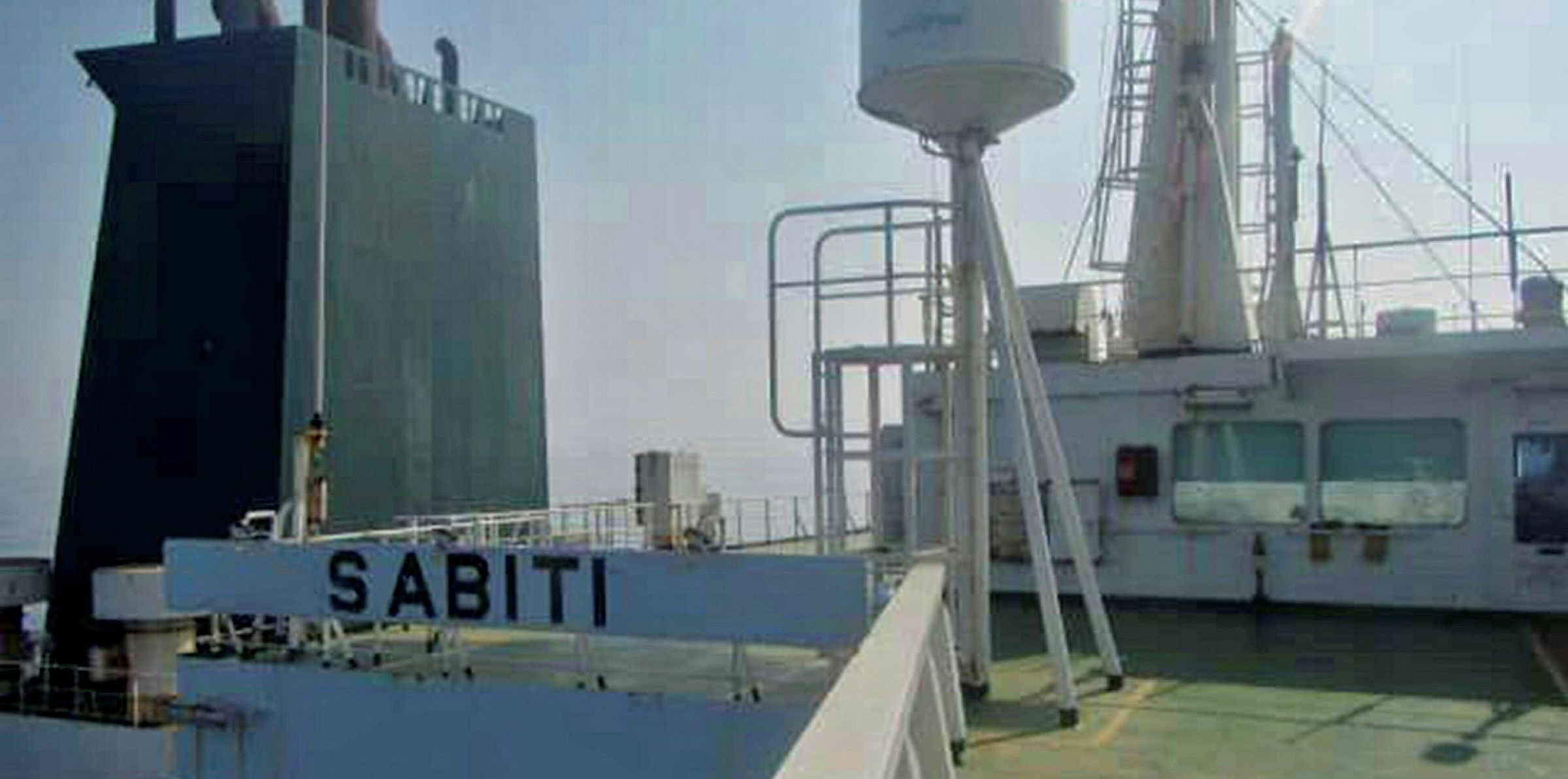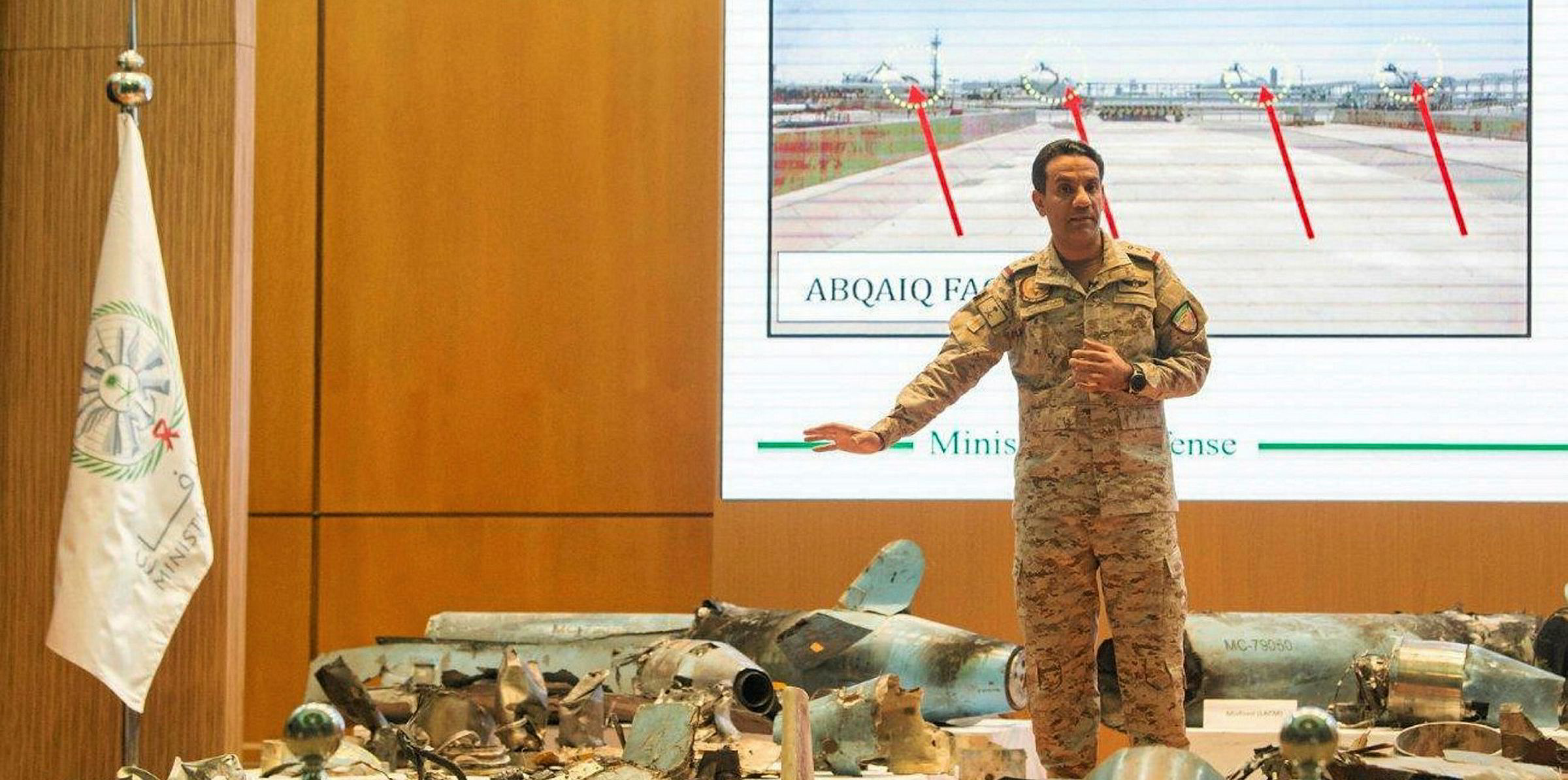Iran is claiming one of its tankers was set on fire in a "terrorist attack" off Saudi Arabia on Friday morning in an incident that will raise already high tension levels in the region.
May 10: US warns of potential Iranian attacks on ships in the Gulf
May 12: Four tankers suffer explosions just outside Strait of Hormuz, blamed on Iran
June 13: Two more tankers attacked south of Hormuz
June 20: Iran shoots down an unmanned US drone
July 4: UK forces seize Iranian VLCC Grace 1 in Gibraltar
July 10: UK thwarts Iranian approach to BP tanker in Gulf
July 19: Iran seizes Stena Impero tanker
August 15: Gibraltar releases Grace 1
September 14: Houthis claim responsibility drone attacks on Saudi Aramco oil plants
September 27: Iran releases Stena Impero
The semi-official Iranian news agency Isna said on Friday that there was an explosion on the National Iranian Tanker Co (NITC) vessel 95km off Jeddah.
The ship has suffered severe damage to two tanks and oil had spilled into the Red Sea, unnamed sources told the agency.
The crew is safe.
State-owned National Iranian Oil Corp (NIOC) claimed two separate explosions were likely caused by a rocket attack.
Photos circulating earlier in the day showing smoke billowing from a tanker appeared to be shots of damage from previous Gulf tanker attacks, raising the question of how badly the NITC ship has been affected.
Ship stable
An NIOC statement, carried by Iranian media, identified the ship as the 160,000-dwt suezmax Sabiti (built 1999), after initial reports had identified it as the sistership Sinopa.
The last AIS update for Sabiti was on 14 August off the southern coast of Iran.
“All the ship’s crew are safe and the ship is stable too,” said owner NITC, adding those on board were trying to repair the damage.
The tanker company said added that contrary to reports “there is no fire aboard the ship and the ship is completely stable”.
NIOC said the vessel was hit by missiles at 5am and 5:20am.
The spill from the tanker into the Red Sea had been halted and the damage minimised, the Iranian oil ministry’s Shana news service said at one point on Friday.
But Shana later said crude was again flowing into the Red Sea.
Saudi claim withdrawn
Saheb Sadeghi, a spokesman for NITC, told Iran’s Press TV that the missiles "probably" came from the direction of Saudi Arabia. But NITC later withdrew that claim.
Refinitiv shipping data shows that Sabiti has now set its destination as Larak off the Iranian coast.
"It is still in the Red Sea but its route will change ... No help was offered to assist by any country," an NITC official said, according to ISNA.
The Sabiti was fully laden and heading toward the Suez Canal and the Mediterranean Sea, according to Florian Thaler, oil strategist at vessel-tracker Signal Ocean.
The Saudi Ports Authority confirmed that an incident involving a tanker had occurred near but not in Jeddah Port overnight.
It was unable to verify if the vessel was Iranian, according to a press officer.
The price of oil jumped on the news of the explosion. Brent crude rose about 2% in futures markets.
Sistership bound for Syria?
Tanker Tankers had earlier said the Sinopa was en route to Syria, via the Suez Canal and the Mediterranean, with a cargo of 1m barrels of crude.
The last AIS update from this ship was on Thursday evening, when it was underway in the Red Sea.
Its last port of call was recorded as Paradip in India in March, however. It is logged as bound for Suez by Saturday.

Tensions rise again
The incident will inflame the already tense situation in the region following tanker attacks over the summer that were blamed on Iran, and the attack on two Saudi oil facilities that took out more than 5% of global supply.
Yemen’s Houthi group claimed responsibility for the Saudi attacks, but the US said Iran was behind them.
Iran has denied this.
The attack is also likely to reignite the row over EU sanctions over oil shipments to Syria, following the chain of events set off by UK forces detaining the Iranian VLCC Grace 1 in Gibraltar in the summer, and the subsequent Iranian seizure of the Stena MR tanker Stena Impero.






